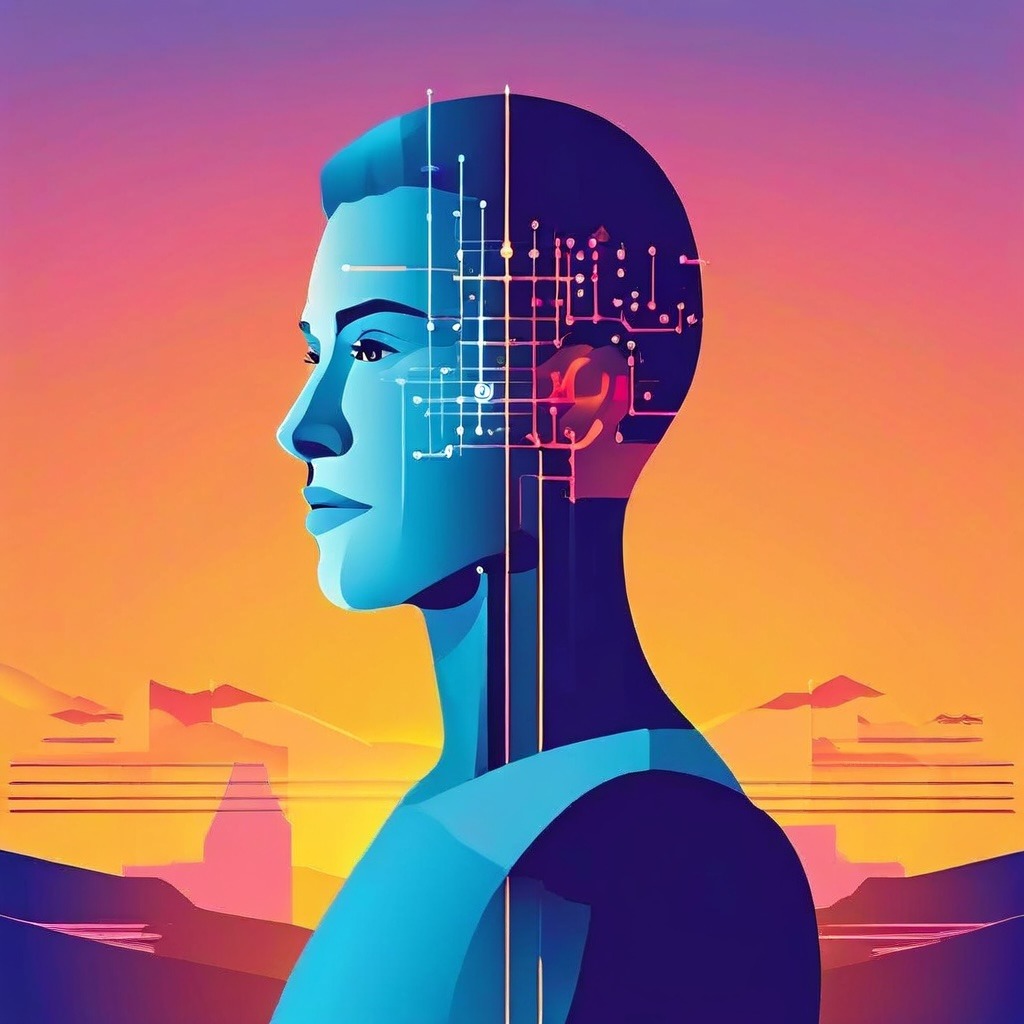Artificial intelligence (AI) has been making incredible strides in healthcare, and Large Action Models (LAMs) represent the next frontier in this technology-driven advancement. LAMs are a subset of AI systems specifically designed to understand and respond to complex instructions, opening a world of possibilities for streamlining medical processes, improving patient care, and driving innovation. Let’s explore the power of LAMs and how they stand to transform the healthcare sector.
What are Large Action Models (LAMs)?
In simple terms, LAMs are AI models capable of taking instructions and autonomously executing a wide range of tasks. They are more sophisticated than standard large language models (LLMs) like ChatGPT, as they can interact with the real world in a meaningful way. This might involve:
- Accessing and Analyzing Data: LAMs can process vast amounts of health information from electronic records, medical images, research papers, and more.
- Generating Insights: With their computational power, LAMs identify patterns, predict outcomes, and highlight crucial information to aid healthcare professionals.
- Decision Support: They suggest diagnoses, treatment plans, and potential drug interactions to support clinical decision-making.
- Automating Tasks: LAMs streamline administrative work, like scheduling appointments, managing medical inventory, and documentation.
Use Case #1: LAM-Powered Precision Medicine
Precision medicine aims to deliver highly tailored treatments according to a patient’s unique genetic makeup, lifestyle, and medical history. LAMs are poised to make precision medicine a widespread reality in the following ways:
- Data Integration and Analysis: LAMs would ingest enormous amounts of data from diverse sources—genomic sequencing, medical history, imaging studies, lifestyle factors – to establish a comprehensive, multidimensional patient profile.
- Treatment Predictions: LAMs would analyze this data-rich profile to predict individual responses to different therapies. This includes identifying the most effective drugs, pinpointing potential side effects, and recommending optimal dosage levels.
- Clinical Trial Matching: By comparing patient profiles against extensive clinical trials research, LAMs could facilitate patient enrollment in trials most likely to yield positive results for them.
Benefits of LAMs in Precision Medicine
- Improved Outcomes: Highly personalized treatment recommendations can lead to better patient outcomes and fewer adverse reactions.
- Reduced Costs: Predicting therapy success helps avoid costly trial-and-error approaches to medication.
- Enhanced Patient Experience: With treatments optimized for their specific needs, patients gain confidence and experience better quality of life.
Use Case #2: LAMs for Enhanced Patient Engagement and Remote Monitoring
LAMs promise to empower patients in their healthcare journey and support the growing trend of remote care delivery:
- Health Assistants: LAM-powered virtual assistants could converse with patients naturally. These assistants gather patient information, answer medical questions, offer appointment reminders, and even detect potential health issues from their conversational patterns.
- Wearables and Sensor Integration: LAMs would connect with wearable devices or home-monitoring sensors, collecting continuous real-time health data like blood pressure, blood sugar levels, and activity metrics.
- Early Warning Systems: By analyzing this data alongside a patient’s baseline information, LAMs could spot subtle changes indicating risk for complications and notify healthcare providers promptly, allowing for early intervention.
- Chronic Disease Management: LAMs could provide tailored coaching for ongoing conditions like diabetes or heart disease, such as dietary guidance, exercise reminders, medication adherence support, and regular symptom checks.
Benefits of LAMs in Patient Engagement and Remote Monitoring
- Empowered Patients: LAMs encourage active patient participation in their care, leading to better adherence and self-management.
- Reduced Hospital Readmissions: Early detection of health deterioration reduces preventable complications and the need for hospitalizations.
- Improved Chronic Disease Outcomes: Constant monitoring and personalized guidance result in better long-term management of chronic conditions.
- Accessible Care: Remote monitoring bridges gaps in care access, particularly in rural areas or for those with limited mobility.
Challenges and Considerations for LAMs in Healthcare
While LAMs have vast potential, there are important challenges and considerations healthcare organizations must address before fully realizing their benefits:
- Data Privacy and Security: Safeguarding sensitive health data is paramount. LAMs will require rigorously secure systems and protocols to maintain patient confidentiality and comply with regulations like HIPAA.
- Bias and Fairness: LAMs trained on biased datasets could perpetuate existing healthcare disparities. Efforts must be made to ensure diverse and equitable representation in training data to mitigate unintended biases.
- Explainability: The ability of LAMs to explain their reasoning and decision-making is crucial for transparency and clinician trust. Developing explainable AI techniques is essential.
- Integration with Existing Systems: LAMs need a seamless integration with electronic health records (EHRs) and other clinical workflows. This demands robust interoperability standards.
The Future of Healthcare with LAMs
Despite the challenges, the potential of LAMs far outweighs the risks. As LAM technology matures, we can anticipate even more impressive applications:
- Intelligent Medical Diagnostics: LAMs could be as proficient as (or even surpass) human specialists in recognizing subtle patterns in medical images, potentially leading to faster and more accurate diagnoses.
- Robotic Surgery Assistance: LAMs could augment surgical procedures by providing real-time guidance, analyzing surgical field conditions, and ensuring adherence to precision protocols.
- Drug Discovery and Development: By analyzing molecular structures, LAMs have the potential to expedite the discovery of new drug compounds and optimize clinical trials for targeted therapies.
- Personalized Health and Lifestyle Coaching: LAMs could act as hyper-personalized coaches, offering actionable guidance on nutrition, exercise, sleep, and stress management based on individual health status.
Conclusion
Large Action Models represent a game-changer in healthcare. Their ability to understand, analyze, and execute complex instructions holds the key to transforming how we deliver care, predict illness, personalize treatment, and empower patients. While navigating considerations of privacy, bias, and integration, the healthcare sector is embracing LAMs to create a more efficient, effective, and equitable future.
Call to Action
Are you intrigued by the promise of LAMs in healthcare? Share your thoughts or examples of innovative LAM applications in the comments below!
HERE is another interesting blog post from The Missing Prompt.
MORE on the subject of LAMs.





